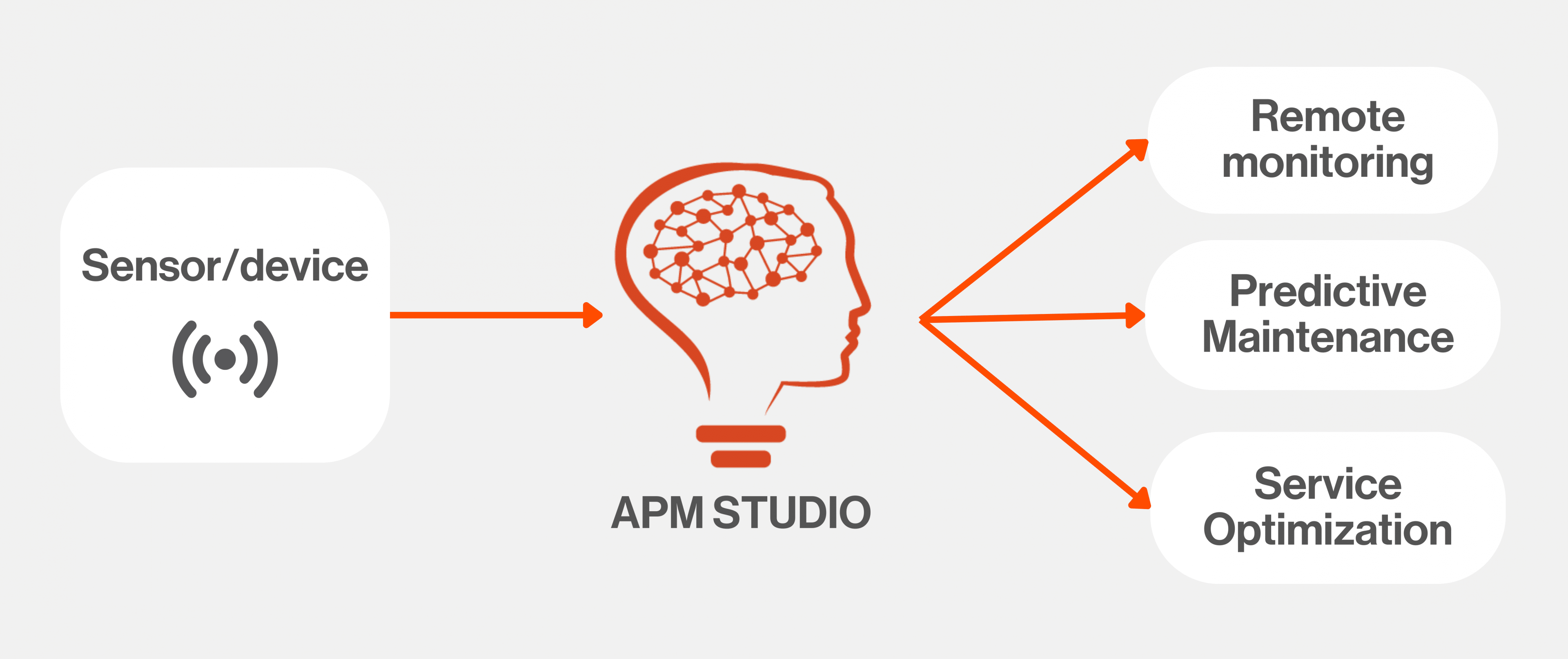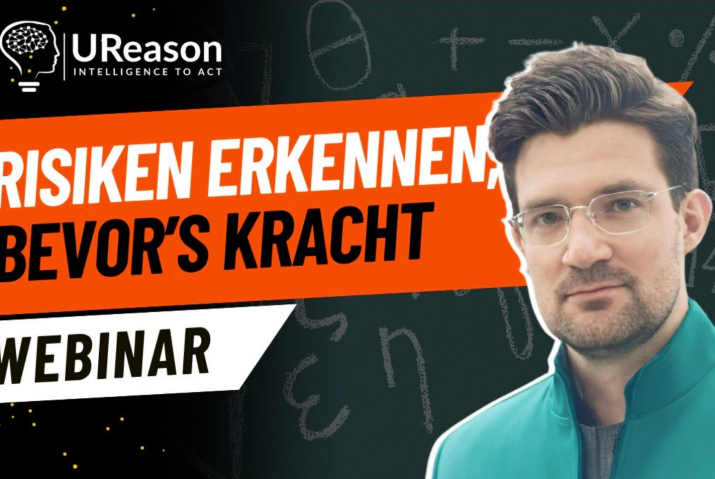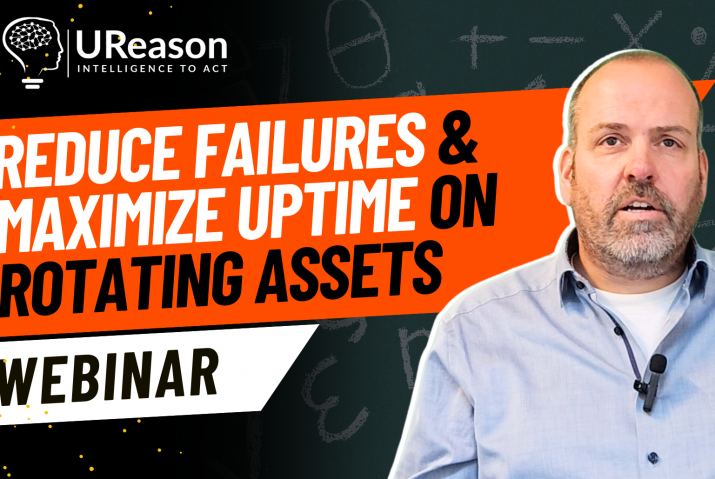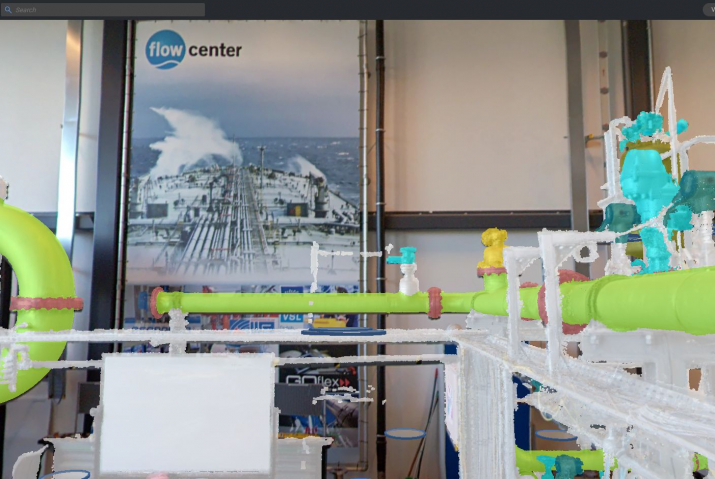
Some of our learnings, in having guided numerous OEMs in servitizing their product offerings with our APM-Studio platform, are below. We hope this supports you in successful co-development:
-
Strategic Alignment:
– Shared Vision: Ensure both parties have a clear understanding of the project’s goals and how it fits within the broader business strategies.
– Market Objectives: Align on the target market, customer needs, and the expected value proposition. Sometimes you want to exclude the software platform provider from dealing with certain of your competitors, consider this for your co-development agreement(s).
– Role Clarity: Clearly define the roles and responsibilities of your organization and the platform provider to avoid overlapping efforts or gaps. -
Governance and Communication:
– Joint Governance: Establish a steering committee or joint leadership team to oversee the project, resolve disputes, and track progress.
– Communication Protocols: Agree on regular check-ins, updates, and decision-making workflows to ensure transparent and efficient collaboration.
– Escalation Mechanisms: Define how issues and conflicts will be escalated and resolved. -
Technical Integration and Interoperability:
– Platform Compatibility: Assess the compatibility of your systems with the software platform, including APIs, data formats, and protocols.
– Customization Needs: Clarify how much customization is required and who will handle it.
– Data Management: Determine how data will flow between systems, who owns it, and how it will be secured. Protip: see International Data Spaces! -
Intellectual Property and Licensing:
– IP Agreements: Decide upfront who owns the intellectual property generated during the collaboration (foreground IP) but also clearly define what the background IP is and potentially the sideground and postground intellectual property.
– Licensing Models: Define how the software will be licensed to end customers and ensure this aligns with your servitization model. (P.S.: We provide a licensing manager for OEMs when needed. Licensing models can be based on number of assets, functional modules used and number of users giving you create flexibility and protection!) -
Financial and Risk Considerations:
– Cost-Sharing: Establish how costs will be divided for development, maintenance, support and upgrades.
– Revenue Models: Agree on how revenues from the servitized offering will be shared.
– Risk Management: Identify potential risks, such as delays, technical failures, or market acceptance, and develop mitigation strategies. -
Customer-Centric Approach:
– Customer Involvement: Include (multiple) customer feedback in the development process from the early start, even when you for example just have sketches of a user interface. This to ensure the offering meets market needs.
– Service Integration: Focus on how the digital solution will integrate with your existing physical products or services and when you build a servitization product for other service parties how this can integrate with external systems.
– Customer Support: Plan for post-launch support and identify who will handle customer queries or issues. -
Scalability and Future-Proofing:
– Scalable Architecture: Ensure the solution can grow with customer and analytics-load demand (Kubernetes) and accommodate new features or markets.
– Technology Roadmap: Align on future updates, feature enhancements, and long-term technology plans.
– Exit Strategy: Discuss contingencies for ending the partnership or transitioning to a new provider, if necessary. -
Regulatory and Ethical Compliance:
– Data Privacy: Ensure compliance with regulations like GDPR or other local privacy laws.
– Ethical AI: If AI is part of the solution, ensure it operates fairly and transparently.
– Industry Standards: Adhere to relevant standards for safety, security, or quality. -
Cultural and Operational Fit
– Collaborative Culture: Foster a culture of partnership (co-develop) rather than a transactional relationship.
– Skill Compatibility: Identify any skill gaps and plan for joint training or hiring to bridge them.
– Operational Alignment: Ensure both organizations’ workflows, tools, and practices align effectively.
By addressing these considerations then you can build a strong foundation for a successful co-development project that drives value for all stakeholders. Rest assured, when you work with us we have a base agreement that covers most of these as we have guided numerous OEMs in servitizing their product offerings with our APM-Studio platform. This accelerated their time to market, but also allowed them to provide a (branded) solution that runs anywhere and protects their intellectual property. Are you interested to learn more about APM-Studio? Download our e-book or reach out to explore how we can collaborate and co-create with you!
Learn More About APM Studio
Our product APM Studio is the leading Real-Time Analytics Software for Machines and Processes to make them Smarter.








